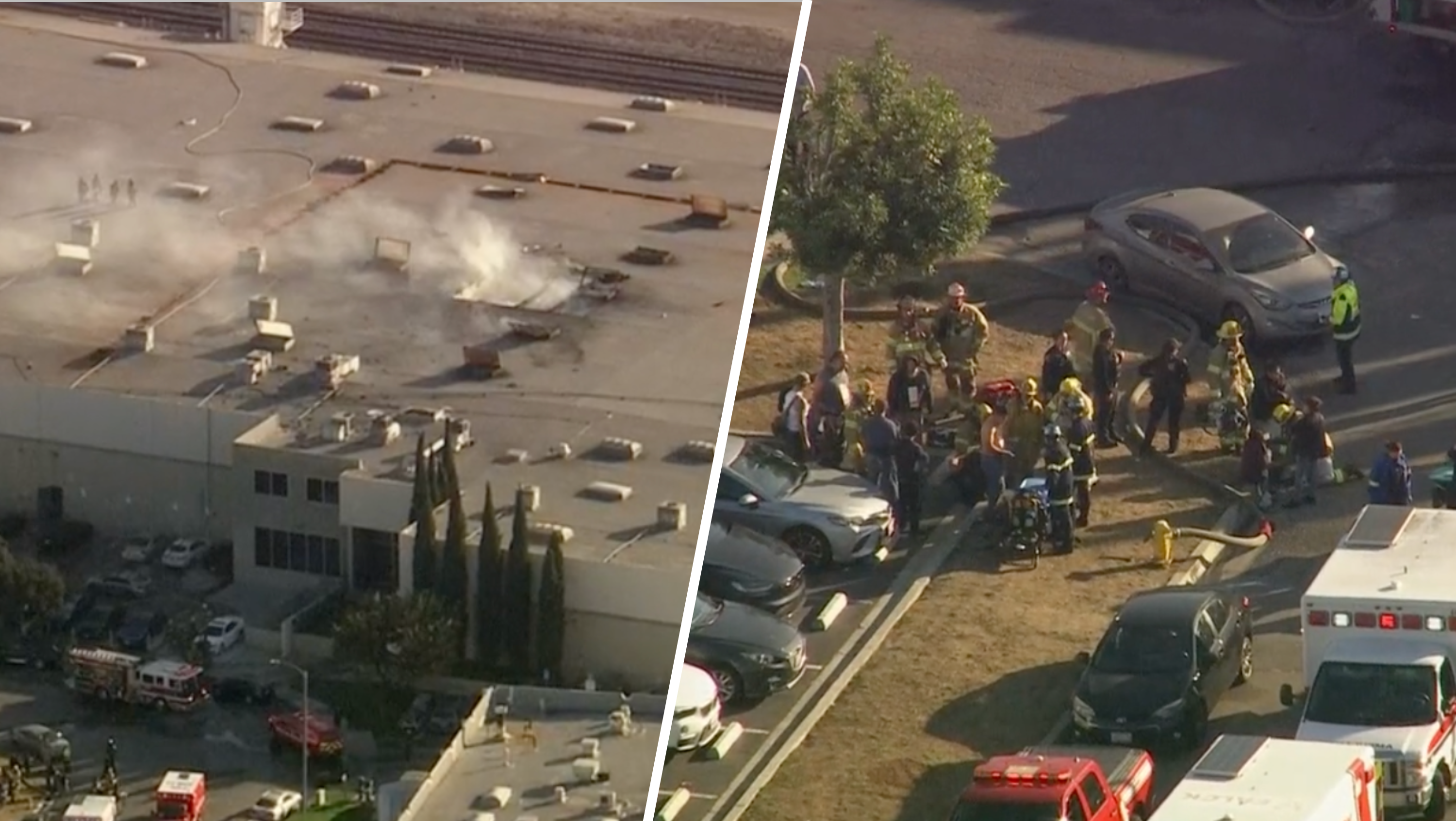The Los Angeles County CEO was placed in charge of coordinating emergency operations, replacing Sheriff Alex Villanueva in that role, after a vote Tuesday by the Los Angeles County Board of Supervisors.
The board's original vote to make the change, part of updating its plan for emergency preparedness and following lessons learned from the 2018 Woolsey Fire, came back in November, months before the coronavirus pandemic reached Southern California.
Villanueva pushed back aggressively. During a Monday afternoon briefing from the county's Emergency Operations Center, he said he had a message for the board.
"This will impact public safety and public health," Villanueva warned. "They're going to reassign the job to a financial analyst, and not a first responder with experience managing natural disasters and man-made. We're in the middle of a global public health crisis."
Villanueva blasted the board's decision, accusing the supervisors of "a silent coup" and "groupthink." Villanueva and the board have fought repeatedly since his 2018 election, including over hiring and oversight.
He accused the board of advancing its own political interests.
Local
Get Los Angeles's latest local news on crime, entertainment, weather, schools, COVID, cost of living and more. Here's your go-to source for today's LA news.
"They need to remain focused on this united front against this spread of the coronavirus, so that together we can save lives," the sheriff continued. "This is not meant to stoke any fears, but we have to be united in this fight, and not to be distracted by politics because that has no place in this fight against this deadly disease."
Asked for comment, CEO Sachi Hamai pointed to the experienced members of the Office of Emergency Management and made clear it wasn't a one-person show.
"OEM is made up of highly skilled individuals who have trained extensively to lead emergency efforts for the county," Hamai said in an email to City News Service. "This group works day in and day out on all aspects of emergency management including planning, preparedness, response, recovery and mitigation. They also maintain critical relationships with the Governor's Office of Emergency Services and the Federal Emergency Management Agency."
On Thursday, when Villanueva first warned that he thought the board was making a mistake, Supervisor Kathryn Barger said she was surprised by the sheriff's reaction.
"I actually didn't know where it came from," Barger said in response to a reporter's question at a daily briefing on the coronavirus. "We're all in this together and now is not the time to argue about who's in charge, because all the people in our communities want to know is that we're working together collaboratively to make sure that we control the spread (of the virus)."
How to Get a Coronavirus Test
Barger said the sheriff was given the opportunity to offer comment back in November, when the board voted unanimously to assign Hamai "responsibilities for coordinating disaster preparedness, response and recovery, including the maintenance, management, activation and operation of the County Emergency Operations Center."
Under the updated ordinance, the sheriff would retain operational command and control over law enforcement activities.
The November vote was prompted by an "after-action report" on the county's response to the 2018 Woolsey Fire -- which Hamai called "the worst of its kind in county history." The report included a host of recommendations by an outside consultant for how emergency operations might be improved in the future.
Hamai said the existing ordinance -- last revised in 1993 -- is outdated.
"If approved by the board, these changes would modernize a section of the County Code that was originally drafted in the late 1970s. These changes, if adopted, would follow recommended best practices with regard to the county's Office of Emergency Management," the CEO told City News Service.
The stated goal of the revised ordinance is to create better interagency collaboration and coordination, in part by clearly defining each agency's role and by expanding the County Emergency Management Council to include the board itself and more county departments and organizations.
The update of the emergency ordinance will take immediate effect if approved by four members of the five-member board.
The Woolsey Fire after-action report pointed to the immensity of managing a countywide emergency and the need for collaboration.
"While the Woolsey Fire disaster presented unprecedented challenges, it was still a single, focused incident; it was not countywide," the report stated. "Imagine the challenges after a great earthquake or similar wide-ranging event."



